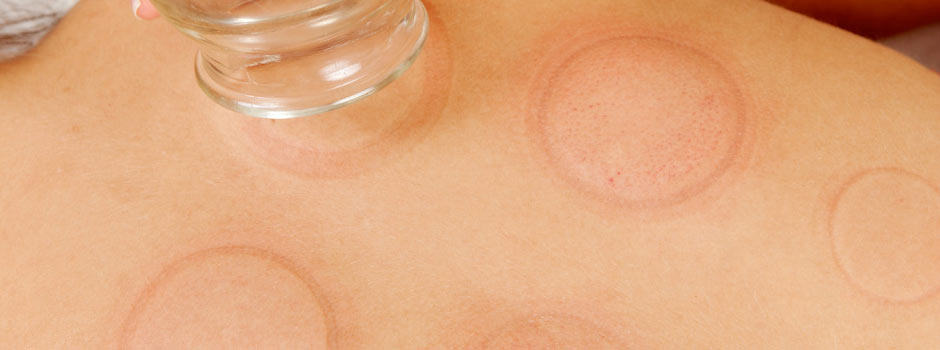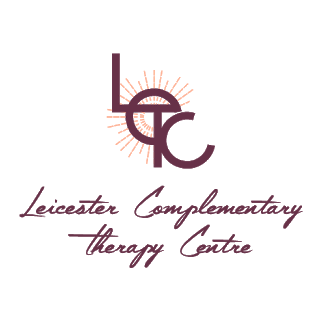
Cupping can be very effective in reducing stress and improving the circulation of blood and lymph. It can either be done as dry or wet cupping. The history of cupping and cup massage goes back thousands of years. Therapists in ancient China used cups in combination with acupuncture. Later it was widely used at the time of the Roman Empire.
Galen, who was a well-known Roman physician, applied cups onto the skin of patients after he had made small superficial cuts. During the Golden Age Avicenna described the effectiveness of using cups for “curing bad blood”. He was regarded as a founder of modern medicine.
Amongst his books are The Book of Healing and The Canon of Medicine.
Wet Cupping
Wet cupping is an old form of treatment used in both the East and the West. In wet cupping suction cups are applied to specific parts of the body and subsequently very small superficial incisions are made and the cups then reapplied. This process allows withdrawal of about 25mls of blood in each cup. Suction cups are applied in many of the same positions as acupuncture needles and it is likely that the therapeutic effects of cupping are achieved in a similar way to the benefits of acupuncture needles.
Hijama
Hijama is linked with religious belief and is a form of wet cupping which is popular in the Muslim community. Hijama has two main clinical roles. It can be used to support the treatment of a range of medical conditions. However, its main benefit is as a preventive treatment to maintain health in the long term. In the Leicester Complementary Therapy Centre Hijama is offered specifically in these two areas when appropriate.
